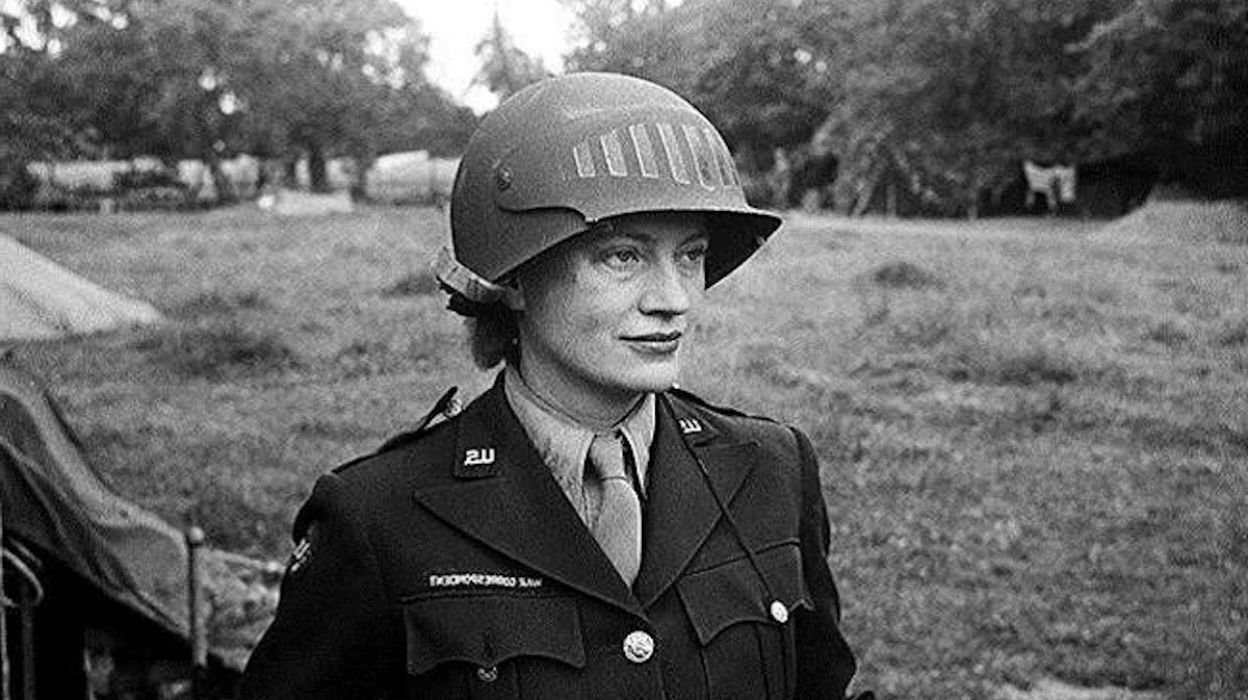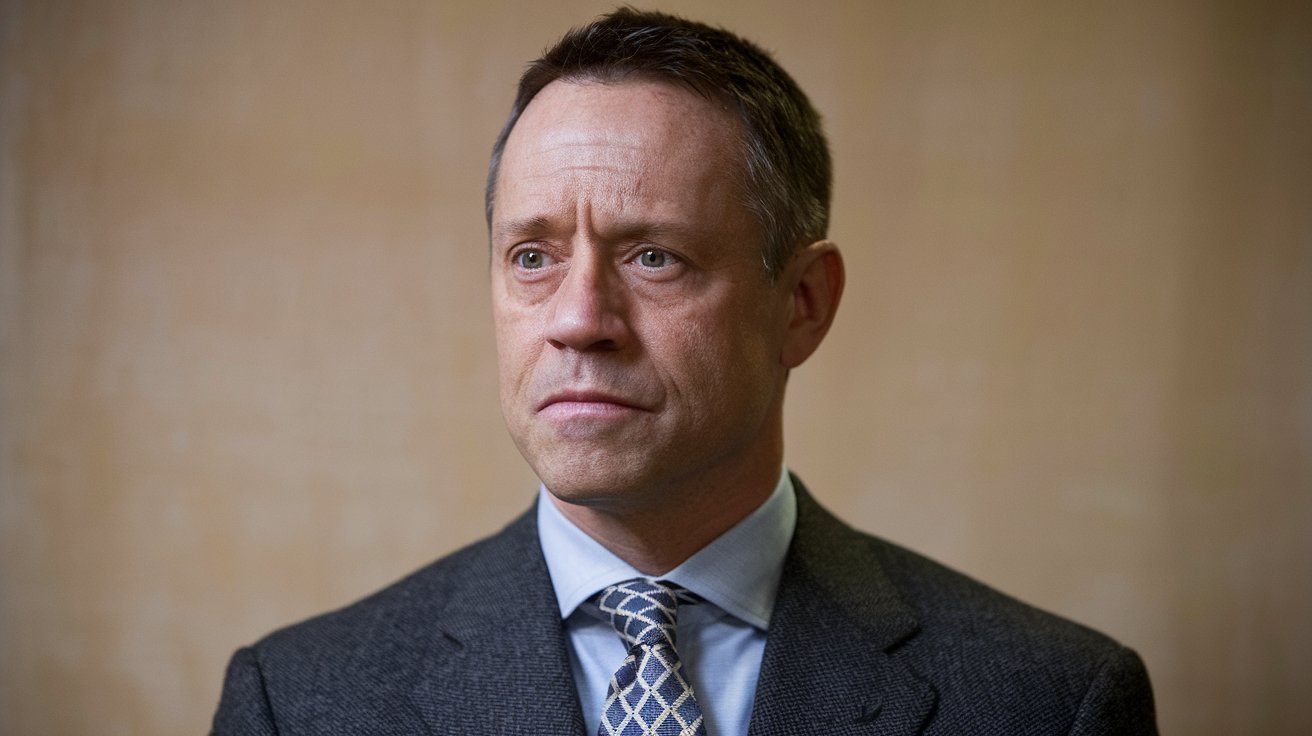
Who was Lee Miller? Lee Miller was a trailblazing photographer, model, and war correspondent whose life was as captivating as her work. Born in 1907 in Poughkeepsie, New York, she began her career as a model before moving to Paris, where she became a muse and collaborator to the surrealist artist Man Ray. Miller's journey took a dramatic turn during World War II when she became one of the few female war correspondents, documenting the horrors of the Blitz and the liberation of concentration camps. Her photographs, often infused with a surrealist touch, continue to inspire and provoke thought. Despite personal struggles, including PTSD and depression, Miller's legacy endures through her powerful images and the Lee Miller Archives.
Key Takeaways:
- Lee Miller's life was filled with both trauma and triumph, shaping her into a pioneering photographer and a symbol of resilience in the face of adversity.
- From her rebellious youth to her groundbreaking work as a war correspondent, Lee Miller's legacy continues to inspire artists and filmmakers worldwide, leaving an indelible mark on the worlds of fashion and photography.
Early Life and Childhood
Lee Miller's early years were marked by both creativity and trauma, shaping her future in unexpected ways.
- Lee Miller was born Elizabeth Miller on April 23, 1907, in Poughkeepsie, New York.
- Her father, Theodore Miller, was an amateur photographer who introduced her to photography at a young age.
- Theodore's methods were disturbing, often photographing her without clothes, claiming it was for artistic purposes.
- At age seven, Miller was raped while staying with a family friend, leading to an infection with gonorrhea.
- This traumatic incident required her to undergo painful treatments in hospitals.
Rebellion and Education
Miller's tumultuous childhood led to a rebellious streak and a quest for education in the arts.
- Struggling in school, Miller became unruly and was expelled from every local school she attended.
- By 18, she had run away to Paris to study lighting, costume, and design.
Modeling Career
A chance encounter launched Miller into the world of modeling, where she quickly made a name for herself.
- Miller's modeling career began when she was nearly hit by a car, and Condé Nast saved her, kickstarting her career.
- She posed for renowned photographers like Edward Steichen, Arnold Genthe, Nickolas Muray, and George Hoyningen-Huene.
- One of her photos was controversially used in a Kotex menstrual pads advertisement, threatening her career.
Parisian Adventures
Miller's move to Paris marked the beginning of her deep involvement in the Surrealist movement.
- In 1929, Miller moved to Paris and became Man Ray's student and partner.
- Together, they invented the technique of solarization, adding a surrealistic touch to their photographs.
- Miller soon became an independent Surrealist photographer, opening her own studio in Paris.
Return to New York
Miller's return to New York saw her establishing herself as a prominent photographer.
- In 1932, Miller returned to New York and established a studio, focusing on portraits and fashion photography.
- One significant series from this period was the African-American cast of the Virgil Thomson – Gertrude Stein opera, Four Saints in Three Acts.
Marriage to Aziz Eloui Bey
Miller's marriage to an Egyptian businessman took her to new places and experiences.
- In 1934, Miller married Aziz Eloui Bey and moved with him to Egypt.
- Although she did not have a studio during their marriage, she continued to photograph, creating many striking images.
Return to Paris and Marriage to Roland Penrose
Miller's return to Paris and subsequent marriage to Roland Penrose were pivotal in her life.
- Miller returned to Paris in 1937, where she met Roland Penrose, whom she married in 1947.
- This marriage would be a significant part of her life, both personally and professionally.
War Correspondent
Miller's role as a war correspondent during World War II showcased her bravery and talent.
- During World War II, Miller became a war correspondent for Vogue, documenting the Blitz in London.
- Her photos from this period still carried a surrealist subtext, reflecting her sensitivity to the absurdities of war.
- From 1942, Miller worked as a Condé Nast Publications war correspondent, traveling to continental Europe to document atrocities firsthand.
- She often teamed up with David E. Scherman, who took the famous photo of her in Hitler’s bathtub.
Documenting Liberation
Miller's documentation of the liberation of concentration camps left a lasting impact.
- Miller was present and documented the liberation of concentration camps in Buchenwald and Dachau.
- The horrors she witnessed scarred her for life, leading to her suffering from PTSD.
PTSD and Recovery
Miller's post-war life was marked by struggles with PTSD and a search for healing.
- After the war, Miller's depression worsened, and she gradually stopped photographing.
- She devoted herself to cooking, studying at Le Cordon Bleu in Paris.
- Cooking became her therapy and escape from the nightmares she could not forget.
Farley Farm House
Miller's home became a sanctuary and a testament to her artistic legacy.
- In 1949, Miller and Penrose bought Farley Farm House in Essex.
- This house would become a sanctuary for her, housing her private collections and favorite art pieces.
- The fireplace in the dining room was decorated in vivid colors by Penrose.
Legacy and Rediscovery
Miller's legacy was rediscovered and preserved by her son, ensuring her work would inspire future generations.
- After Miller's death in 1977, her son Antony Penrose rediscovered her oeuvre.
- He created the Lee Miller Archives, which now houses over 60,000 photographs, negatives, documents, journals, cameras, love letters, and souvenirs.
Inspiration to Artists
Miller's work continues to inspire artists and designers around the world.
- Miller's work has inspired many artists, including Gucci's Frida Giannini, Ann Demeulemeester, and Alexander McQueen.
- Her photographs shocked people out of their comfort zone, reflecting her unique perspective and humanity.
Quotes on Photography
Miller's insights into photography highlighted her belief in the potential of women in the field.
- In 1932, Miller stated that photography was "perfectly suited to women as a profession… it seems to me that women have a bigger chance at success in photography than men… women are quicker and more adaptable than men. And I think they have an intuition that helps them understand personalities more quickly than men".
Biographies and Documentaries
Miller's life has been the subject of numerous biographies and documentaries.
- Antony Penrose published the first biography of Miller in 1985, entitled The Lives of Lee Miller.
- Several books and documentaries have been written about her life and work, including Lee Miller's War: Photographer and Correspondent With the Allies in Europe 1944–45 and Lee Miller: Through the Mirror.
Musical Adaptation
Miller's life story has even been adapted into a musical.
- In 2005, Miller's life story was turned into a musical, Six Pictures of Lee Miller, with music and lyrics by British composer Jason Carr.
- It premiered at the Chichester Festival Theatre, West Sussex.
Exhibitions and Recognition
Miller's work has been celebrated in numerous exhibitions.
- Miller's photographs have been exhibited extensively, including an exhibition at the Scottish National Portrait Gallery in 2015, Lee Miller and Picasso.
- This exhibition focused on her relationship with Roland Penrose and Pablo Picasso.
Historical Fiction
Miller's life has inspired works of historical fiction.
- In 2015, a work of historical fiction, The Woman in the Photograph, by Dana Gynther, was published.
- It builds its story around Miller's affair with Man Ray in Paris circa 1930.
- Another historical fiction novel, The Age of Light, by Whitney Scharer, was published in 2019, telling the story of Miller's life, work, and relationship with Man Ray.
Film Adaptations
Miller's life has also been adapted into films.
- The 2023 film Lee, directed by Ellen Kuras, stars Kate Winslet as Miller.
- The film is based on Penrose's 1985 biography.
- Miller was also referenced as a role model for Kirsten Dunst's character, Lee Smith, in the 2024 film Civil War.
Fashion and Photography
Miller's influence on fashion and photography remains significant.
- Miller was known for her unique fashion sense and her ability to capture the essence of her subjects through photography.
- Her work spanned from fashion photography to war documentation, showcasing her versatility and dedication to her craft.
Lee Miller's Lasting Impact
Lee Miller's life was a whirlwind of art, adventure, and adversity. From her early days as a model to her groundbreaking work as a war correspondent, she shattered norms and left an indelible mark on photography and fashion. Her unique perspective and fearless spirit continue to inspire artists and photographers today. Despite facing personal struggles, including PTSD and depression, Miller's legacy remains powerful. Her work, rediscovered by her son, Antony Penrose, now resides in the Lee Miller Archives, ensuring her contributions won't be forgotten. Miller's story is a testament to the resilience and creativity that can emerge from even the darkest experiences. Her photographs, filled with both beauty and brutality, remind us of the complexities of the human condition. Lee Miller's legacy is a beacon for those who dare to push boundaries and challenge the status quo.
Frequently Asked Questions
Was this page helpful?
Our commitment to delivering trustworthy and engaging content is at the heart of what we do. Each fact on our site is contributed by real users like you, bringing a wealth of diverse insights and information. To ensure the highest standards of accuracy and reliability, our dedicated editors meticulously review each submission. This process guarantees that the facts we share are not only fascinating but also credible. Trust in our commitment to quality and authenticity as you explore and learn with us.


